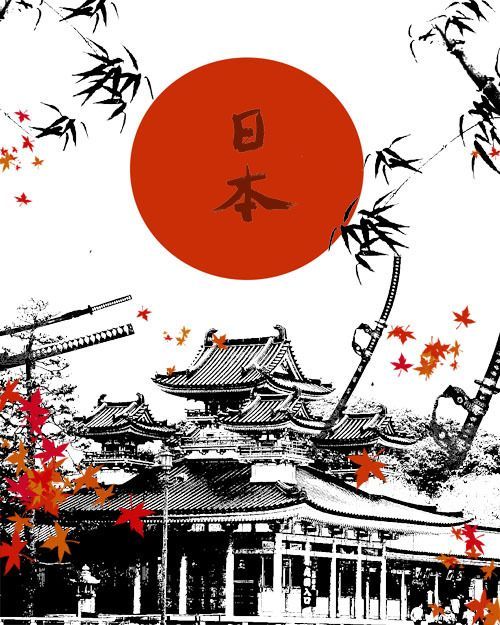
|
Date : Thursday, December 9, 2010 Time : 2:52 PM Mode of education It is compulsory for Japanese children to attend elementary and middle school. The education system is segmented into six years for elementary study, three years of middle school, three years of high school and four years of university. Optionally, tertiary education can consist of two years of junior college education before going to university. Elementary school. “90.8% of the parents send their children to a juku or cram school, and those whose children attended cram school four or more days a week accounted for 65.2%. 98% of 15 year-old middle-school graduates go on to high schools or private specialist institutions. A high-school diploma is a considered the minimum for the most basic jobs in Japanese societies. The rate of students who advance on to senior high schools was 97.0% in 2002. One-fourth of students attend private high schools, a small number of which are elite academic high schools. Over 97% of high-school students attend day high schools, about three-fourths are enrolled in academic courses. Other students are enrolled in the one or other of the 93 correspondence high schools or the 342 high schools that support correspondence courses. High school students. There are 710 universities (not counting junior colleges). Almost three-fourths of university students are enrolled at private universities. The rate of students who went on to universities and junior colleges was 44.8 %. Special education institutions exist: 70 schools for the deaf (rougakko); 107 for the blind (mougakko); 790 for those with disabilities (yougogakko). This number is considered to be inadequate.” – Education in Japan.com, showing that education in Japan is relatively considered necessary. Homeschooling is possible in Japan, and there are alternative education as well, such as distance learning/correspondence courses, free schools or online/e-schooling available.
| Profile Aw Song Wen 0905018H Tourism, Culture & Society T09  Agenda Click to go to the following: ♨ Home Page ♨ The culture of Japan ♨ Traditions of Japan ♨ Indigenous group of Japan: Ainu ♨ Languages ♨ Mode of education ♨ Type of Leisure programs ♨ What is Japan known for? ♨ Disneyization of Japan ♨ Changes brought about by growth of tourism ♨ Whether tourism caused the commodification of cultures and traditions?
credits layout: sugarxskulls basecodes: munnstars Tagboard
|

